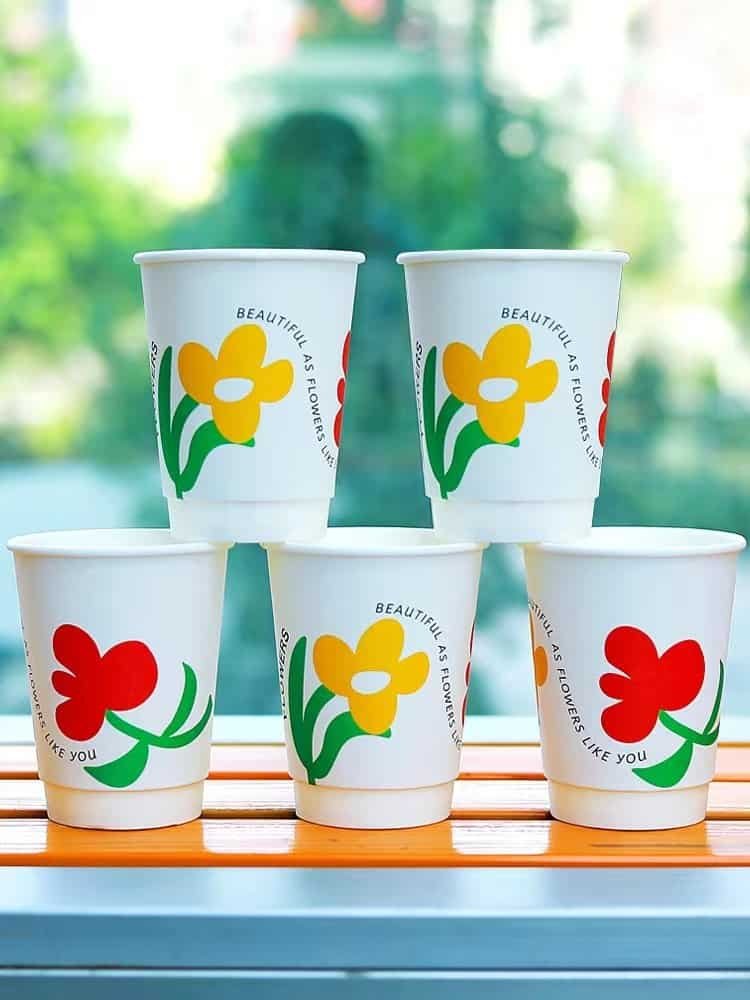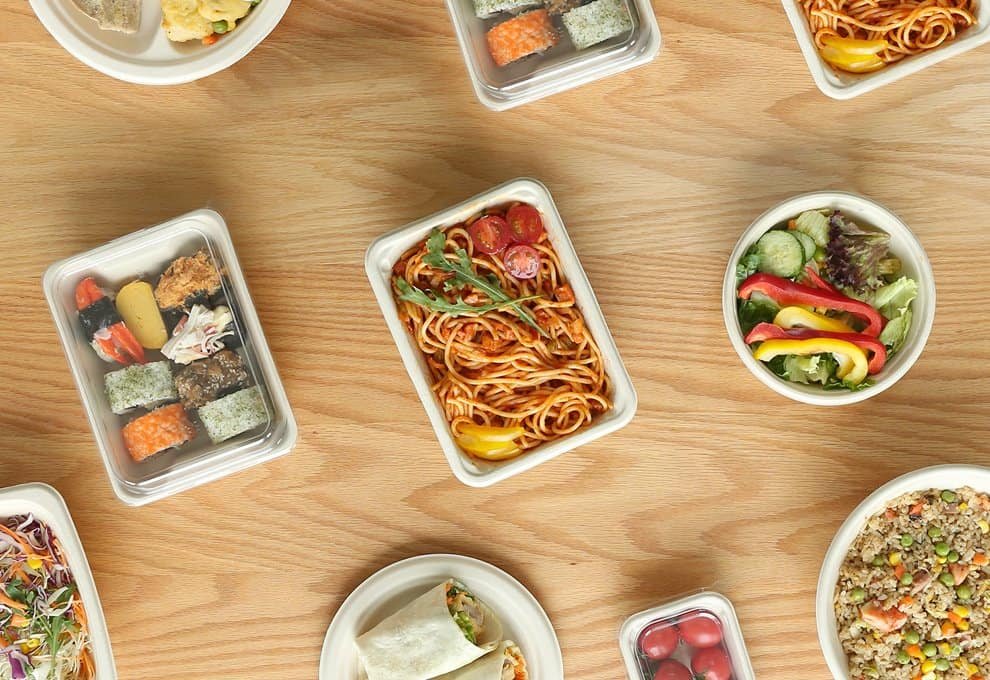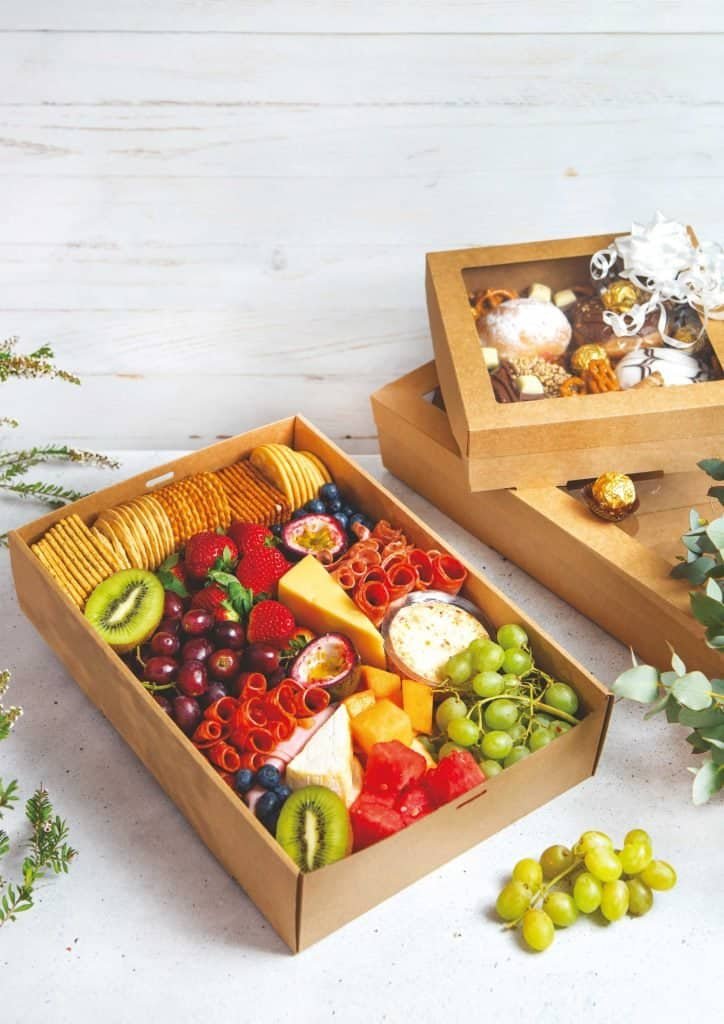The world of food packaging is a vast and evolving one. As the CEO of HMZ Technology, I constantly encounter decisions around material choices and sustainability. With global concerns about our environment, understanding the choices we make is not just good business – it’s a responsibility.
Paper food packaging and bagasse food packaging are two popular choices, each with its unique attributes and impact on the environment.
It’s essential to dig deeper and understand these differences, especially if you are in the procurement business like our client, Markus Shenng.
What’s the deal with paper food packaging?
Paper has been a long-standing choice for food packaging. At HMZ Technology, we’ve crafted countless paper food packaging solutions, from cups to trays, making it a familiar choice for many of our clients. Paper is versatile, lightweight, and can be customized with various designs and printings.

However, paper packaging comes with its challenges. It often requires a lining, usually plastic-based, to hold liquids, which affects its recyclability. Data from the United States Environmental Protection Agency suggests that a significant percentage of paper packaging is not recycled due to these plastic linings.
And what about bagasse pulp food packaging?
Bagasse is the fibrous residue left after extracting sugarcane juice. This waste product is now being used to create bagasse food packaging, turning waste into a valuable resource. Its eco-friendliness is one of its major selling points. Bagasse decomposes relatively quickly, turning into compost in just a few months under the right conditions.

Bagasse’s natural composition makes it resistant to oil and water, eliminating the need for plastic linings. However, its texture and appearance differ from traditional paper, which some might see as a drawback. While it’s biodegradable, its production process can sometimes be less energy-efficient compared to paper.
How do they impact the environment?
Both materials are biodegradable but with varying degrees. Paper packaging, particularly when lined with plastic, can take years to break down. Bagasse, on the other hand, decomposes faster, with a lower carbon footprint.

The choice often boils down to a brand’s values and target market. For businesses keen on sustainability, bagasse might be the better option. However, for those prioritizing aesthetics, customizability, and familiarity, paper remains a strong contender.
Which one should your business choose?
When making a decision, it’s vital to consider your market. For instance, Markus Shenng’s model is to procure cost-effective food packaging for the Canadian market. Knowing the preferences and environmental inclinations of that market can guide the decision-making process.

At HMZ Technology, we guide our clients through these choices, ensuring they align with their brand values and market needs. Whether it’s through Alibaba platforms, exhibitions, or direct consultations, we strive for transparency and information sharing.
Conclusion
Both paper and bagasse packaging have their strengths. The best choice depends on your business goals, values, and target market. As leaders in this industry, we at HMZ Technology believe in informed decisions, ensuring that our solutions resonate with our clients’ objectives and the end consumers’ preferences. The journey towards sustainability is nuanced, but with the right guidance, it’s a rewarding one.
